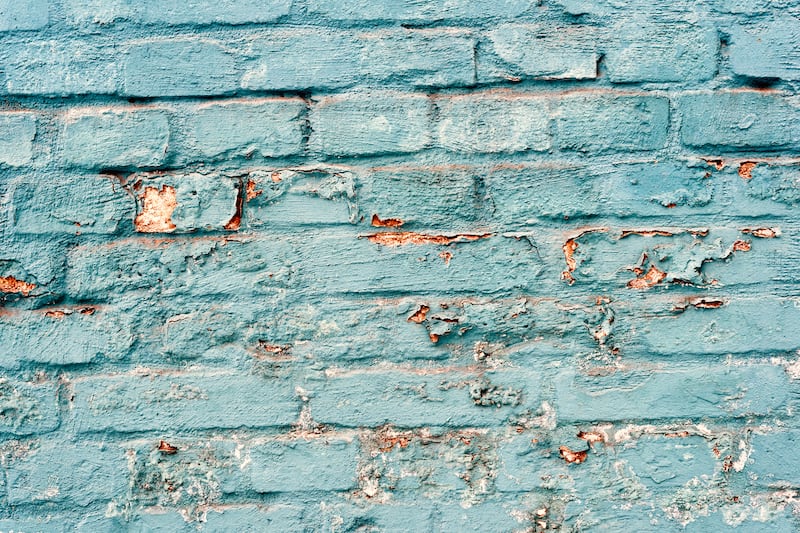My husband and I have inherited a bungalow built in 1987 and we are planning to renovate it. It is quite cold as it stands, we want to replace the single-glaze timber windows with triple-glazed and we’re hoping this will help. We’re wondering if we should go for PVC or wood frames? What can we expect in terms of an improvement in insulation from replacing the windows?
The older houses would have a very poor thermal insulation standard when compared with modern housing, given the increase in regulatory standards of insulation over the last 10 years.
All the external elements of the building including the roof, external walls, windows and ground floor will give rise to heat loss. However the majority of the heat loss will be through the windows and roof.

Accordingly, replacing the single-glazed windows will greatly improve the thermal insulation standard. As regards the replacement windows, there are in fact numerous options to consider (a bit like buying a new car). There is no simple one-off answer that suggests uPVC is better than timber or vice versa, otherwise, one product would fail at the expense of the other. What you need to look at is the insulation standard and in particular the energy-performance rating of the proposed windows. It is fair to say that if you are going for a triple-glazed window and regardless of whether the frame is timber or uPVC, the window is likely to be a high-quality product. The decision between timber and uPVC will be a matter of choice based on other parameters such as the age/character of the house.
Timber vs uPVC
For example, timber windows would be better in an older, period-style house. However, on the other hand, uPVC windows require less maintenance and this could be useful particularly if access is poor for maintenance. Ultimately the matter will probably come down to the difference in costs of the particular windows being considered.
While replacing the windows will be a major improvement, you will also need to consider upgrading the insulation standards of the other main external elements, concentrating first on the roof and then on the walls. While it is relatively easy to retrospectively upgrade the thermal insulation standard to the roof and walls, it may not be practical to upgrade the insulation standard to the floor and you may just have to accept the thermal insulation standard here for what it is. In addition to the insulation standards, you also need to consider the heating and ventilation installations but the chances are in a house of this nature these installations will be basic/poor, and again there has been considerable development in the quality and performance of modern heating and ventilation installations.
It is particularly important to have a master plan for the necessary works rather than just dealing with one item in isolation in order to ensure the best possible outcome for the house in the longer run. Thus it would be prudent to obtain some holistic advice for the entire house before making a decision of this nature. Your local chartered building surveyor will be able to help you arrive at a balanced and appropriate decision.
Val O’Brien is a chartered building surveyor and member of the Society of Chartered Surveyors Ireland, scsi.ie











